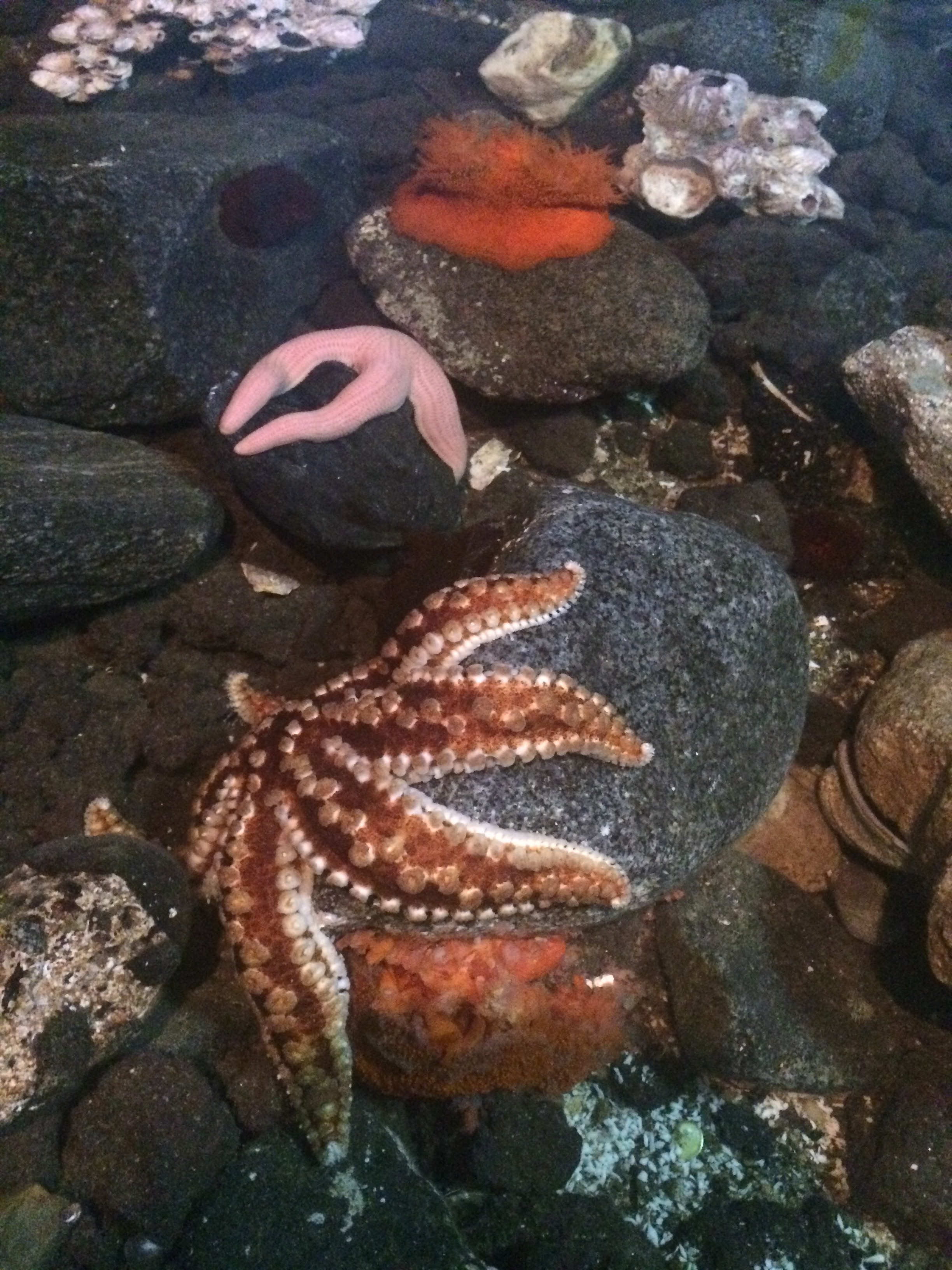
School is different here. For example, my art class today was a field trip to the south of Chile. We spent about 9 hours in train, and 3 in bus so we could appreciate a mural painted in the small town of Chillán.
We weren’t allowed to take photos of the mural we went to visit, but here’s one from outside the library where it was located.

I went with my 5-person class, made up of students from 4 different countries. Funnily enough, none of them are Chilean. Apparently the exchange students are more interested in learning about Chilean art than they are.
Regardless, the topic of education came up while we were waiting for the train. I was very curious; “como es la educación en tu país?” (What is school like in your country?)
I learned that in Ireland, computer science students learn at a slower pace than their Chilean counterparts. In Colombia, few scholarships are available, and most majors last 5 years. In Mexico, community service and internships are required for all degrees.
One thing we all agreed on is that school is different here. For me, one of the biggest changes to get used to has been their grading system. In Chile, they use a scale from 1-7, with a 4 being a passing grade. Most students strive for 4’s, rather than 7’s, which are rarely handed out.
This is not the same as our inflated grading system in the United States. A 4.0 GPA is the ideal back home, and was achieved by at least 15% of my high school class. The GPA is also an important measure in terms of deciding a student’s future. However, here, the important thing is that you get a degree. Employers don’t care much about the grades you get in school, just that you pass.
This leads to highly different cultural attitudes about school. At Hope, which is admittedly more academically rigorous, there’s a fixation on the exact number you are given and a competition to out-perform other students. In Chile, though, there’s a relaxed nature about school, and much less of a student’s identity is wrapped up in their performance.
This is also likely related to the fact that most Chilean university students still live at home. They participate a lot in family life. Though they are less independent, they often have responsibilities that have nothing to do with their schoolwork. My classmates have to run errands to buy things for their parents or pay the bills. This is something I never have encountered with American classmates, but I think it helps create a balance in life where school isn’t all-consuming.
There are other differences, like the way professors communicate, the structure (and sometimes lack of structure) of classes, and the frequency with which my classes meet. Now that I’m about half-way through my semester, I think I’m adjusted to this Chilean version of school. And I like it a lot.
I’ve had fun opportunities to travel; I’m working in groups with Chilean students; we visited the aquarium for marine biology; I crushed my first big exam; I got a compliment on my Spanish after a nerve-wracking presentation. All these things and more are what make studying abroad totally worth it!




